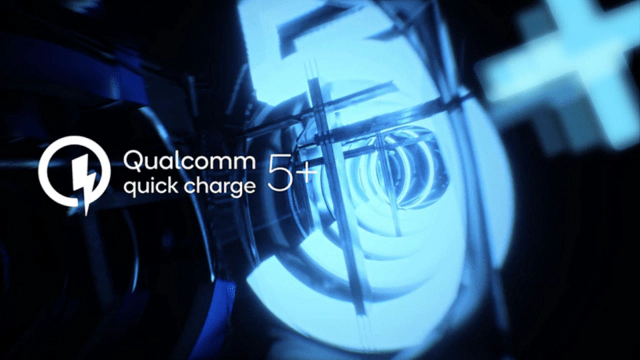When seen from Earth in the first place, a solar eclipse is indeed a sight to behold. Not all of us have had the good fortune to witness this natural marvel. Imagine how fascinating the celestial event must be to people who witness it from space if it is that magnificent from our earth!
NASA comes to the aid of those of us who have not made being an astronaut our professional choice.
In a solar eclipse, the Moon is positioned between the Sun and earth so that Earth receives the brunt of its shadow. There are three different forms of solar eclipses, which differ in the degree to which the Moon blocks the Sun.
A partial eclipse is the one that NASA captured. The Solar Dynamics Observatory of NASA has clicked it (SDO). NASA’s observation deck in space is called the SDO. The launch took place in 2010.
On Wednesday, the SDO captured the 35-minute partial eclipse from space (June 29). The last 12 years’ worth of SDO data has been very helpful for understanding the Sun.
According to a statement made by NASA on its website, SDO monitoring begins with the solar dynamo, the whirling of the Sun’s innards that produces its magnetization and regulates space weather. In terms of understanding how magnetic energy is connected to the interior and transformed into space weather-causing phenomena, SDO examines the solar surface to precisely observe the magnetic field as well as the solar environment. The Sun’s extreme UV radiation, which is a major influence on the composition as well as structure of the Earth’s upper atmosphere, is also measured by SDO, as reported by wionews.com.







